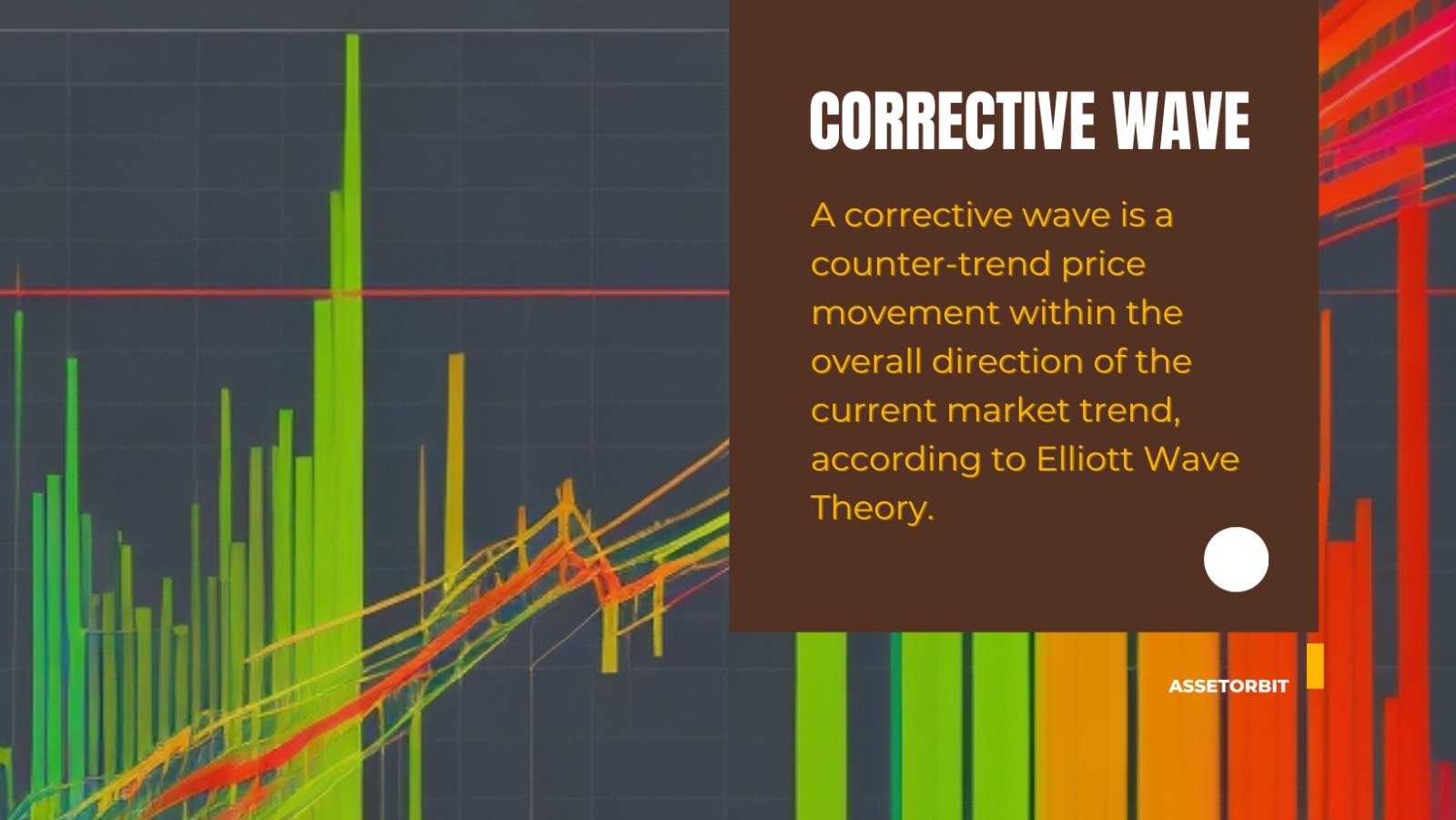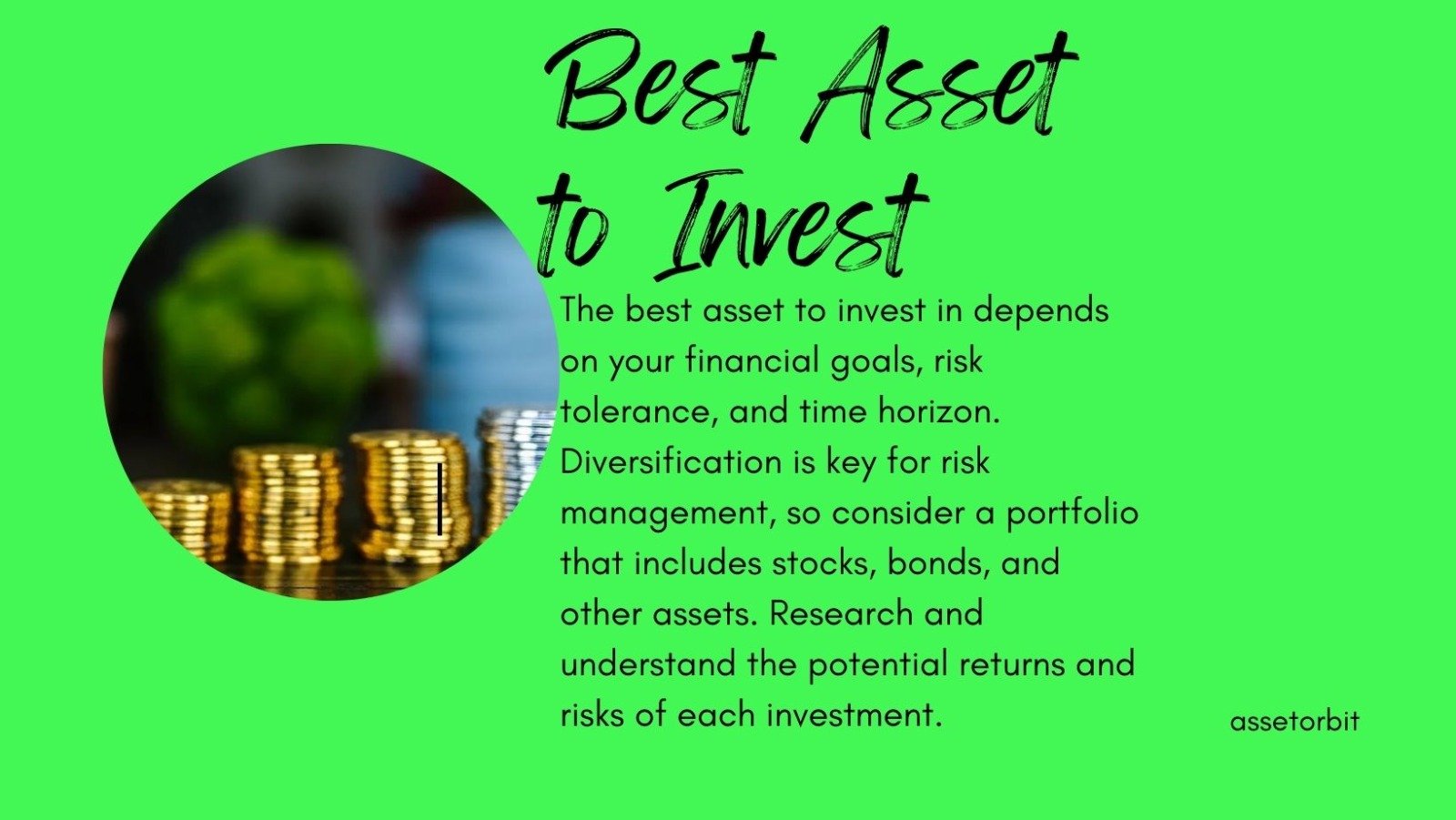Option buy
Option buying is a popular strategy despite its potential risks.
Have you ever taken the time to figure out the complexities of option buying? When you get into the details, the attraction of possible profits can be overwhelming.
However, option buying is a complex and potentially dangerous activity that can have both positive and negative consequences. Profits can skyrocket in an instant, but losses can also build quickly. The volatility in this field underscores the importance of caution. Option buying can be a daunting task without a thorough comprehension of market dynamics and associated risks.
Many experts in the field consistently suggest a cautious approach. They underline the significance of fully educating oneself before engaging in option buying. As a result, blindly accepting the risks involved with option buying is extremely risky. Instead, it is essential to have a thorough awareness of market trends, volatility patterns, and risk management techniques. This information protects against potential traps and can help you negotiate the complexities of the options market with more confidence.
Given these concerns, identifying specific risk-mitigation methods becomes crucial. The Elliott Wave theory is one such method worth looking into. This analytical methodology identifies recurring wave patterns, providing insights into market trends and anticipated price moves. A strategic approach based on solid analysis can significantly enhance one’s ability to navigate the volatile world of option trading.
In short
Option buying strategy
The volatility inherent in option buying necessitates the use of specific, proven strategies. This strategy is applicable to all instruments, even in markets where options play a significant role, such as index options. The Elliott Wave theory is a potent method for identifying significant price fluctuations in option premium charts across all markets.
Traders can secure substantial rewards by meeting all impulse requirements. This rigorous method protects against potential losses while maximizing opportunities for profit.
What are Index Options?
Index options are financial derivatives valued based on the movements of a stock market index, like the S&P 500, Nifty, Banknifty or Dow Jones Industrial Average. But why would we choose index options for our option buying endeavors, and why is there frequently more significant price movement here?
Index options offer numerous benefits to traders. First of all, they offer exposure to a broad market or industry rather than specific stocks. Furthermore, index options are often more liquid than individual stock options. This liquidity promotes smoother trading and lower bid-ask spreads, allowing traders to enter and exit positions at better prices.
Index options experience significant price movements due to market sentiment and macroeconomic events, which can lead to larger swings in index values. They are also more sensitive to volatility levels, amplifying price movements. The broader scope of factors affecting market indices compared to individual stocks contributes to this heightened volatility.
Index Option buying opportunity
Here’s a breakdown of why index options frequently provide good opportunities for option buyers:
- Index options tend to have larger price swings than options on individual stocks. This increased volatility is due to the collective movements of the underlying equities within the index. As a result, traders may be able to capitalize on larger price movements, leading to enhanced profit possibilities.
- Index options have higher trading volumes than individual stocks, allowing for smoother trade execution and tighter bid-ask spreads. This efficiency reduces transaction costs and enhances overall profitability for traders.
- Index options provide an efficient profit-extraction environment due to their heightened price movements and liquidity, allowing traders to exploit market trends and capitalize on short-term price fluctuations.
Trading index options offers a competitive advantage for traders due to their ability to optimize their option buying strategies in the dynamic financial markets, with greater price movements and higher trading volumes.
Elliott Wave and Option Chart
Look for a prolonged correction or a sharp decline within a single wave on the option premium chart. Do you notice any divergence at the end of this correction? Divergence often indicates a likely price reversal. Following the completion of the correction, seek proof of an impulse using Elliott Wave principles.
If you pay close attention during this process, you might be able to identify a lucrative opportunity to profit from later market movements. By combining Elliott Wave analysis and option premium charts(1-5 min), traders can improve their decision-making process and successfully capitalize on favorable market situations.
Impulse in Option Chart
An impulse wave is a market phenomenon where prices start moving at a specific pace after the correction phase, indicating genuine market movement rather than mere fluctuation, as it requires fulfilling multiple conditions.
Read more: Impulse Waves: Rules, Guidelines, and Patterns
Traders can optimize their trading strategies by evaluating market conditions, confirming impulse waves, minimizing premature trades, and capturing profitable opportunities in index options trading.
How to Use Elliott Wave in Trading?
Following a lengthy correction, the appearance of an impulse wave marks the start of a new price movement cycle. The impulse wave typically consists of Small Wave 1 or Wave A, followed by a brief retracement period. It is crucial to wait for this retracement, ensuring that it does not exceed the prior low point. Retracements often occur between 50% and 61.8% of the preceding impulse wave.

Following the retracement, traders can use various ratios to determine potential entry and exit opportunities. The retracement’s end point serves as a stop-loss level, allowing for risk management in the event of severe market moves. Traders may set an entry point significantly higher than the previous impulse wave.
After an initial price surge, it is simple to set a target for option buying. Just look at how much the price has shifted since the initial jump; it will give you an idea. After a correction, the next surge may span an equivalent distance. So, consider setting a target distance equal to 100% of the prior surge.
Final thoughts
In other words, it is clear that using a specific method for option buying requires a thorough comprehension of both the chosen strategy and the intricate principles of Elliott Wave theory. Before initiating a trade, it’s crucial to apply each wave condition appropriately, even if you’re not an expert in Elliott wave theory. Furthermore, choosing at-the-money or near in-the-money options is essential. Given the increased risks involved, properly adhering to stop-loss levels is vital for risk management and capital protection in option trading. By adhering to these rules, traders can handle the challenges of index options trading with greater confidence, increasing their chances of success in a volatile market environment.
Disclaimer
This article is provided for informational purposes only and does not offer financial advice. Trading and investing involve risk, and past performance is not a guarantee of future outcomes. Before making investment decisions, readers should conduct their own research and consider their individual circumstances. The author and platform are not responsible for any financial losses or damages resulting from the use of this information. Get personalized advice from a trained financial counselor.



